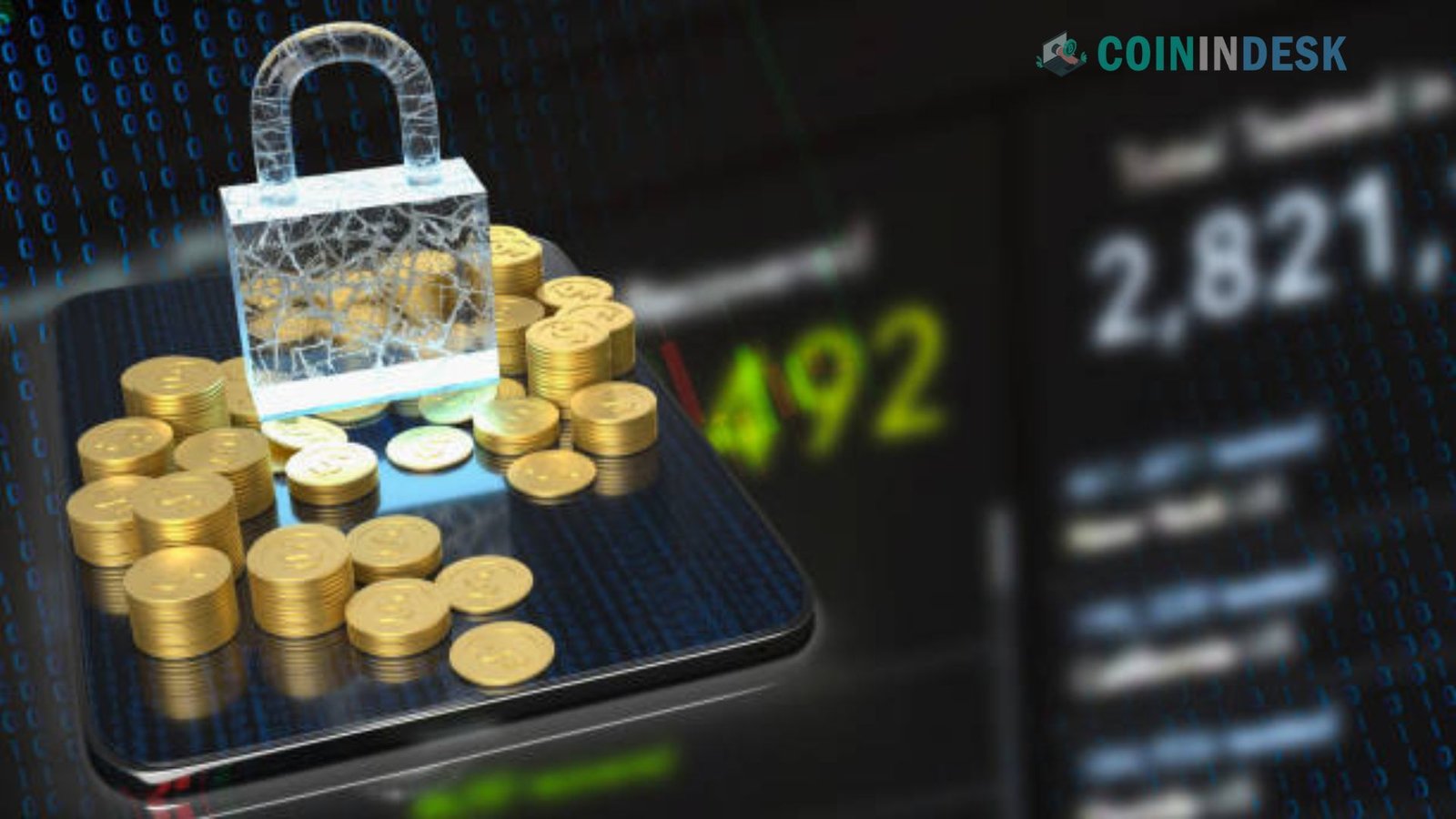In a short amount of time, blockchain technology went from supporting digital currencies like Bitcoin to radically altering many others, with the financial sector at the forefront of this movement. With the growing need for safer, faster, and more transparent ways to transmit money, the possibilities of blockchain technology in this area are becoming increasingly apparent. Read on to find out how blockchain is changing the face of payments, why it’s becoming popular, and what the future has in store for this revolutionary technology.
What is Blockchain Technology?
First, let’s have a grasp on what blockchain technology is before we explore its effects on payments. A decentralized digital ledger that reliably records and validates transactions across several computers in a network is what blockchain is all about, in a nutshell. The word “blockchain” comes from the fact that each transaction is recorded in a “block” and connected to the one before it.
The decentralized structure guarantees the honesty and openness of the transactions by doing away with intermediaries like banks. How is this innovation changing the payments industry? Let’s find out.
Why Blockchain in Payments?
By cutting out intermediaries and lowering transaction fees, blockchain technology improves the safety, openness, and efficiency of financial transactions. A game-changer for the banking sector, it facilitates instantaneous international payments, reduces the likelihood of fraud, and makes financial services available anywhere in the world.
Enhanced Security and Transparency
Unparalleled security is one of the main benefits of blockchain technology when it comes to financial transactions. Encryption makes it extremely difficult, if not impossible, to change a transaction once it is posted to the blockchain. Every payment is safely and clearly recorded because of its immutability.
One example is the vulnerability of traditional payment systems to fraud and hacking since they depend on centralized databases. Nevertheless, the distributed ledger technology known as blockchain offers several copies of the information, which lessens the likelihood of manipulation or unwanted access.
Speed and Cost Efficiency
When compared to more conventional banking systems, blockchain has the potential to cut down on transaction costs and associated delays significantly. The use of blockchain technology has the potential to drastically reduce the time and money needed to process international payments, which are now taking days or even weeks to clear.
Businesses that operate on a worldwide scale will find this to be very advantageous. An improved financial ecosystem is the result of businesses cutting operating expenses and increasing cash flow through the use of blockchain in payments.
Elimination of Intermediaries
Banks, credit card firms, and payment processors are essential middlemen in conventional financial systems. Nevertheless, these middlemen frequently impose costs and lengthen the time it takes to complete a payment.
Blockchain technology eliminates intermediaries and allows for instantaneous, direct payment between sender and receiver. Transactions are streamlined, prices are reduced, and efficiency is increased using this peer-to-peer concept.
The Current State of Blockchain in Payments
Financial institutions and enterprises are increasingly using blockchain technology for payments, according to the present status of the technology. The advent of innovations like Ripple and the widespread use of cryptocurrencies in retail underscore its promise to revolutionize the payments industry by making transactions more efficient, cheaper, and more secure.
Adoption by Financial Institutions
The payment processing capabilities of blockchain have attracted the attention of several financial institutions, which have started investigating and possibly implementing blockchain solutions. Banks may conduct instantaneous cross-border transactions with the help of Ripple, a payment technology built on the blockchain. Ripple has teamed up with some of the world’s most prominent banks to use its blockchain-based payment network.
The credit card companies Visa and Mastercard have also released payment systems that use blockchain technology and are spending substantially on blockchain research. All of these changes show that big banks and other financial institutions see blockchain’s promise to shake up the current payment system.
Blockchain in Retail and E-commerce
Online marketplaces and brick-and-mortar stores are also starting to use blockchain technology to give their consumers safer and quicker payment alternatives. As an example, Overstock.com is one online store that takes Bitcoin as payment, while Shopify is another platform that lets retailers include cryptocurrency payment choices.
This newfound tolerance shows that companies are changing the way they think about and handle payments. Blockchain technology has great promise for the future of payments because of its immutability and the growing need for alternative payment systems.
The Benefits of Blockchain in Payments
Improving the efficiency and transparency of the financial ecosystem, blockchain technology has many potential applications in payment processing. These include lowering transaction fees by doing away with intermediaries, increasing accessibility for unbanked populations, decreasing fraud risks, and improving security through encryption.
Global Accessibility
By removing barriers to entry into the digital economy, blockchain technology broadens access to financial services for everyone. For those in underdeveloped areas who might not have access to conventional financial services, this is of utmost importance. People all across the world will no longer need banks or other intermediaries to send and receive money thanks to blockchain-based payment systems.
Reduced Fraud and Chargebacks
Conventional payment methods are quite vulnerable to fraud. Problems like chargebacks, credit card fraud, and identity theft may cost companies and customers a lot of money. To combat these issues, blockchain technology has emerged with an immutable record that makes it extremely difficult, if not impossible, to fraudulently duplicate or reverse payments.
Lower Transaction Fees
The transaction fees are drastically reduced by blockchain technology since it eliminates intermediaries. Various companies in traditional banking take a portion of every transaction, which can build up to a significant amount. Users may experience much reduced rates with blockchain-based payments, which makes it a desirable alternative for both people and corporations.
Challenges Facing Blockchain in Payments
There are a number of obstacles that need to be overcome before blockchain technology can reach widespread acceptance in the payments business, despite the fact that it has many advantages.
Regulatory Uncertainty
Businesses that are interested in using blockchain for payments face a big obstacle in the ever-changing regulatory landscape of blockchain and cryptocurrencies. Legal and compliance issues may arise due to the fact that different nations have different legislation on blockchain and cryptocurrency.
Scalability Issues
Another big obstacle for blockchain technology is scalability. Congestion on the network can cause processing delays and price hikes as transaction volumes rise. On the other hand, other blockchain initiatives are hard at work on scaling solutions, such as Bitcoin’s Lightning Network and other second-layer protocols.
User Adoption and Education
People and companies must learn about and have faith in blockchain technology for it to become a commonplace payment option. One of the main obstacles to blockchain’s widespread use right now is the general public’s ignorance of the technology. To encourage wider use, education, and intuitive interfaces are crucial.
The Future of Blockchain in Payments
Recent advancements in blockchain technology, such as Central Bank Digital Currencies (CBDCs), smart contracts, and enhanced network interoperability, bode well for the technology’s potential in the payments industry. The developing digital economy stands to benefit from these advancements in transaction efficiency, security, and accessibility.
Central Bank Digital Currencies (CBDCs)
The rise of CBDCs, or Central Bank Digital Currencies, is among the most encouraging trends in the payment blockchain space. A number of nations have introduced or are working on blockchain-based digital currencies; they include the Bahamas, Sweden, and China. CBDCs are an effort to establish a digital payment system that is safe, quick, and supported by the government.
Smart Contracts and Automated Payments
Blockchain technology also has another intriguing feature: smart contracts. These contracts are coded to execute themselves according to the parameters of the agreement. Without the need for third parties, these contracts execute and enforce payment requirements automatically. Industries such as supply chain management, real estate, and insurance stand to benefit greatly from this feature’s revolutionary potential.
Interoperability Among Blockchain Networks
More and more blockchain networks will be able to communicate with one another as the technology develops. It is currently impossible to move assets between blockchain networks since they all function independently. But initiatives like Cosmos and Polkadot are trying to close this gap, so users of different blockchains may communicate and trade with one another without any hitches.
Businesses Can Use Blockchain for Payments
Blockchain technology may help businesses with payment processing by facilitating the integration of cryptocurrency payment systems, improving security, and simplifying international transactions. Businesses may gain an advantage in a competitive market by implementing blockchain technology, which allows them to streamline transactions, cut costs, and provide consumers with faster, more transparent payment choices.
Integrating Blockchain Payment Solutions
Before implementing blockchain for payments, businesses should assess their current payment systems for any issues. Problems with security, long settlement times, and excessive transaction costs are all solvable with blockchain technology. Businesses may improve their payment procedures by forming partnerships with blockchain service providers or by developing and deploying their blockchain solutions.
Read More: Blockchain and Database: Revolutionizing Data Management
Exploring Cryptocurrency Payment Options
Businesses may tap into a new and expanding market by accepting Bitcoin payments. Giving customers the option to pay using cryptocurrency might give you a leg up in the market. Businesses may easily accept cryptocurrency payments using payment gateways provided by companies like BitPay and Coinbase.
Adopting Blockchain for Cross-border Transactions
Blockchain offers a safe and effective option for companies that deal with global transactions. International money transfers may be made faster and cheaper for businesses by using blockchain-based systems such as Stellar or Ripple.
Conclusion
It appears that blockchain technology is going to have a bright future in payments, revolutionizing the way we deal with transactions. Blockchain technology has several advantages over conventional payment systems, including increased safety and transparency, lower transaction fees, and quicker settlement times. To fully realize blockchain’s promise, however, companies and consumers will need to overcome obstacles, including unclear regulations, issues with scalability, and a lack of user acceptance.
We should expect to see a new age of financial innovation ushered in by the rapid integration of blockchain technology into the payments sector as it continues to mature. The future of money is bright thanks to blockchain technology. Which can help businesses streamline their payment operations and consumers find safer, more efficient methods to send and receive money.
[sp_easyaccordion id=”5123″]


